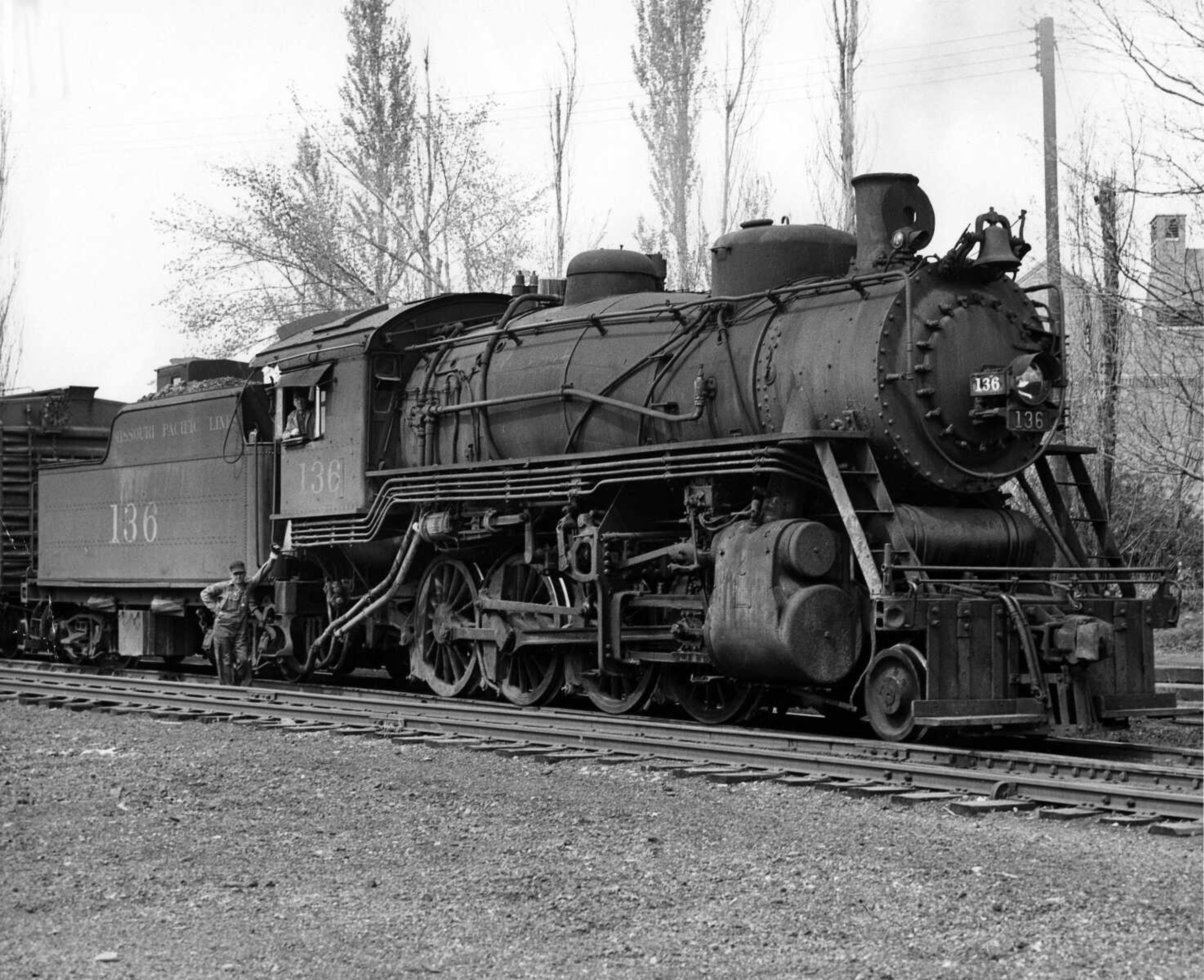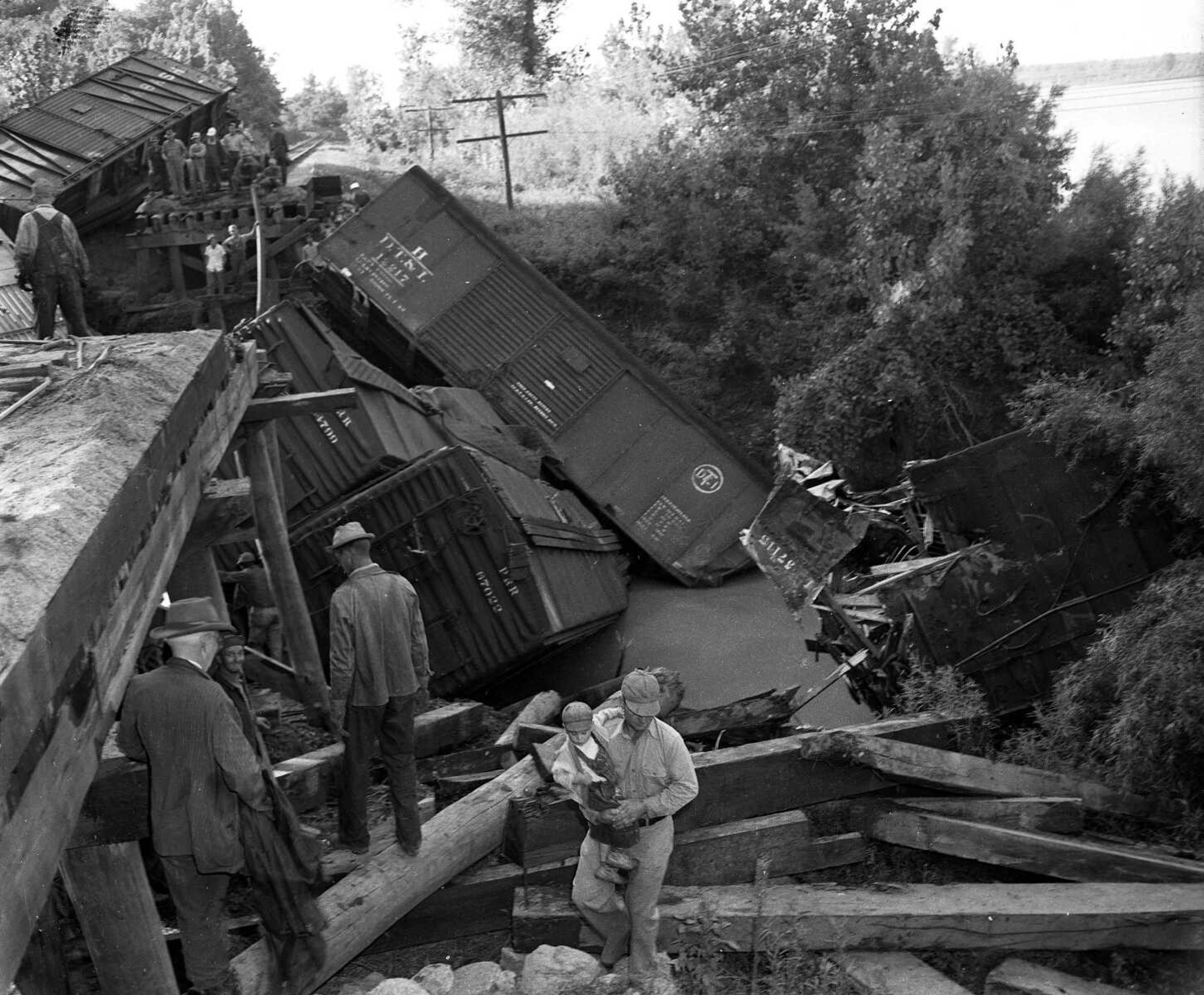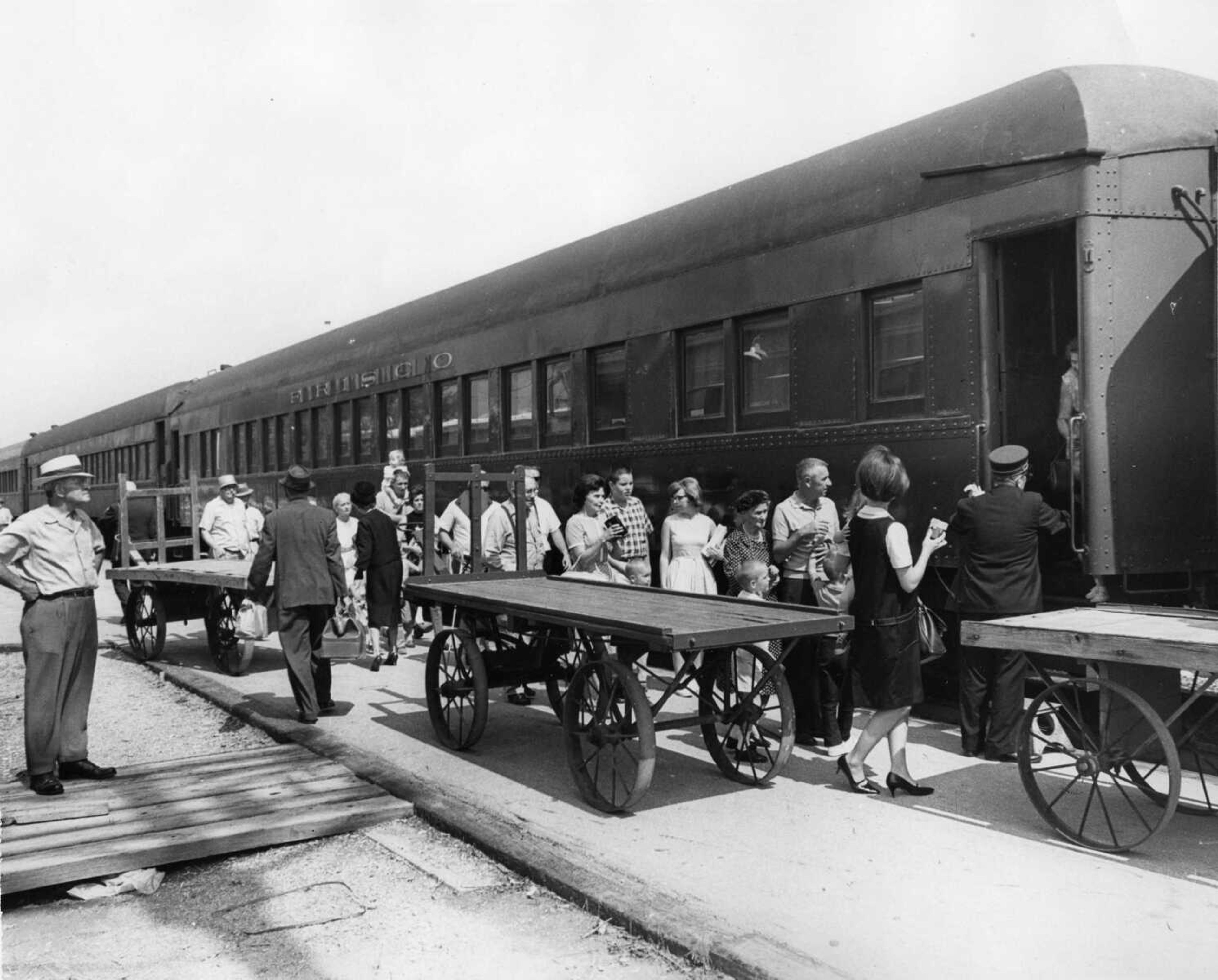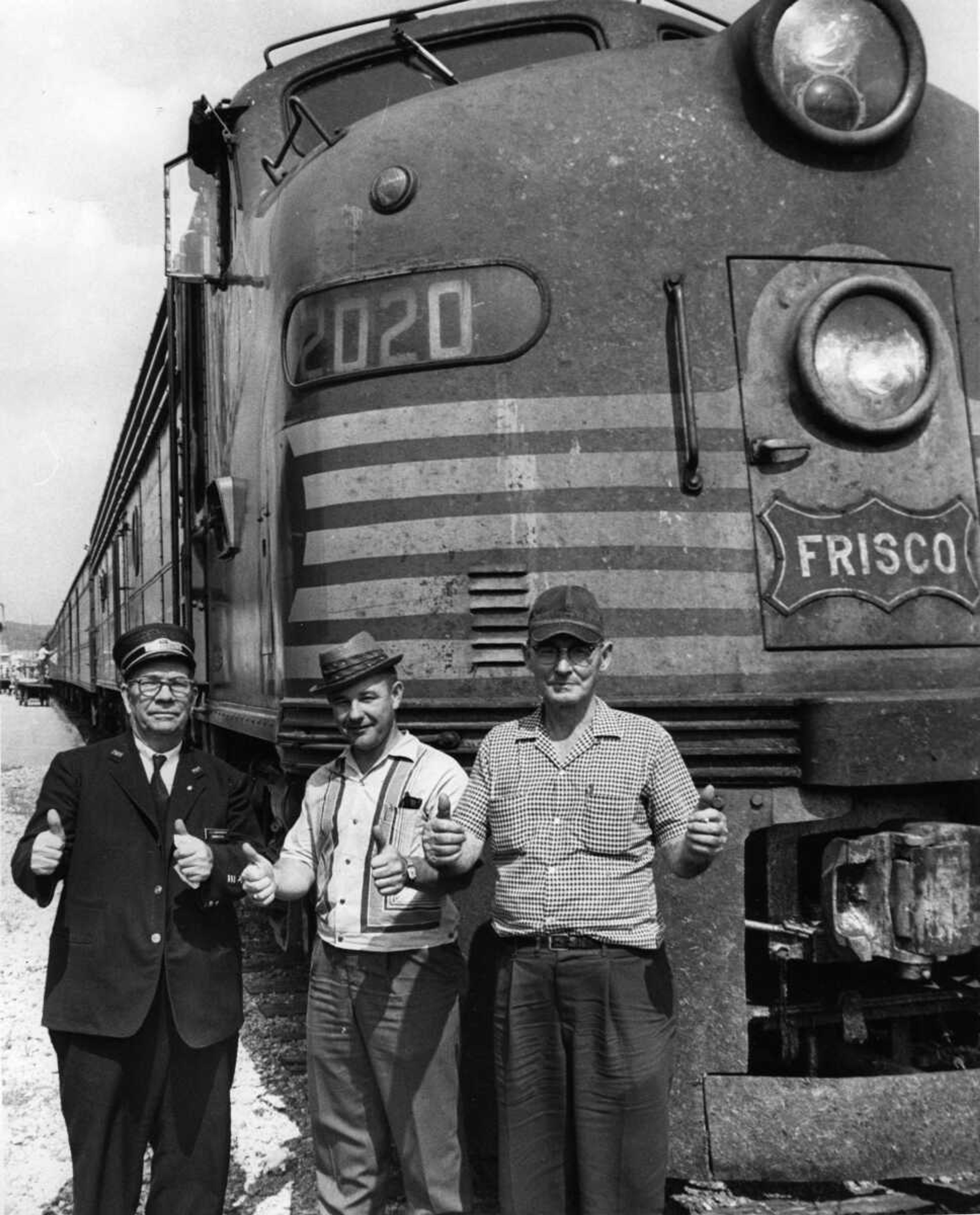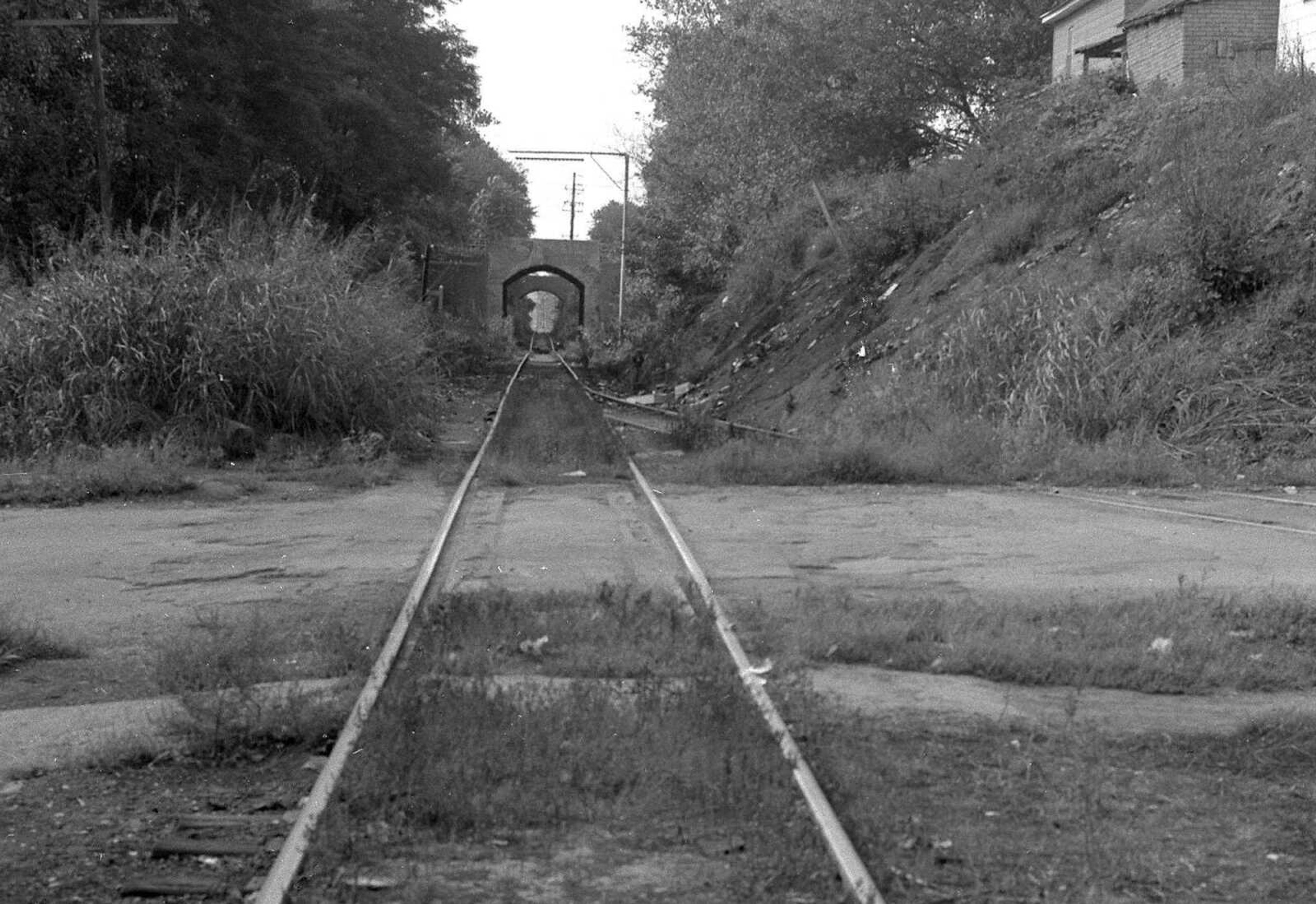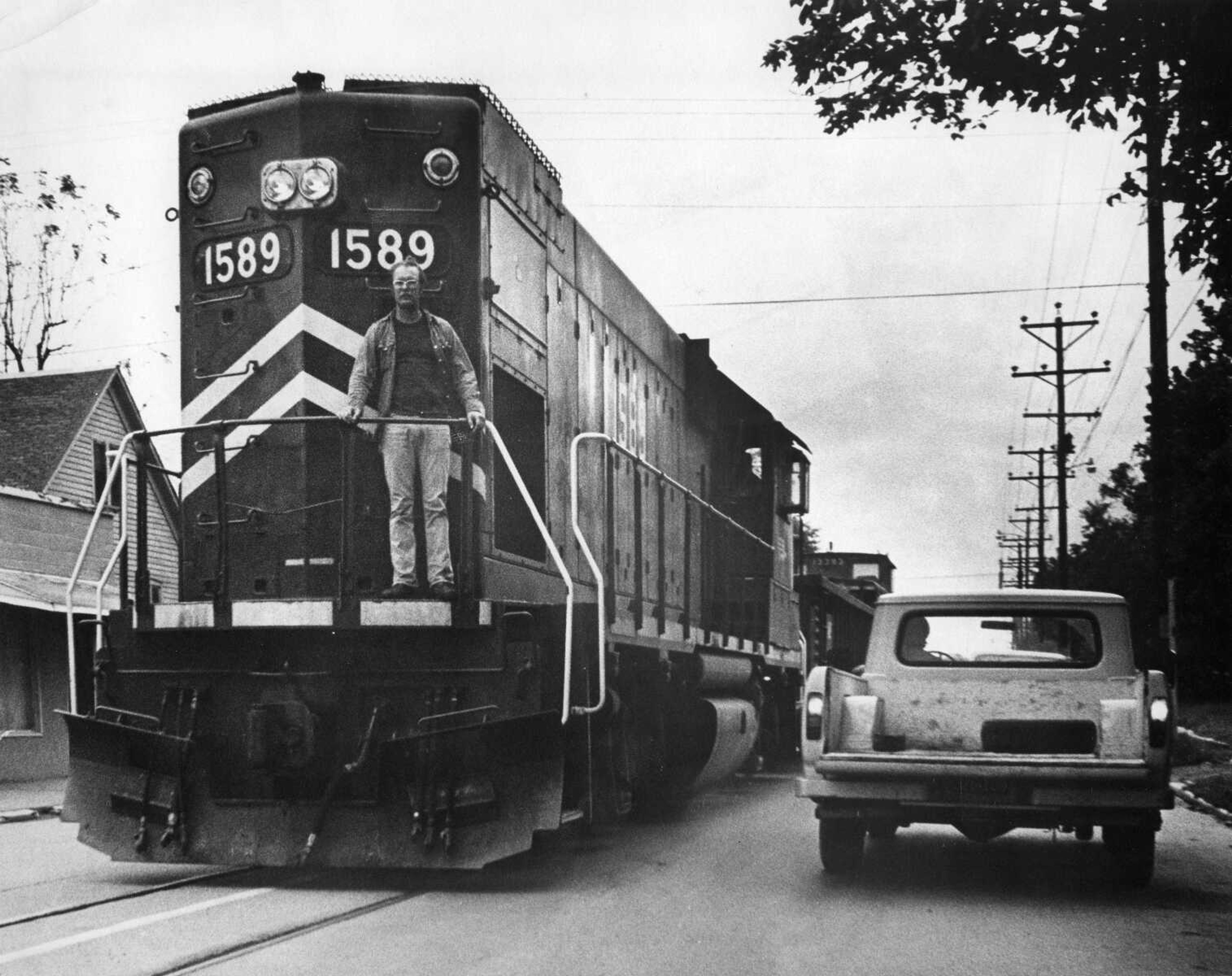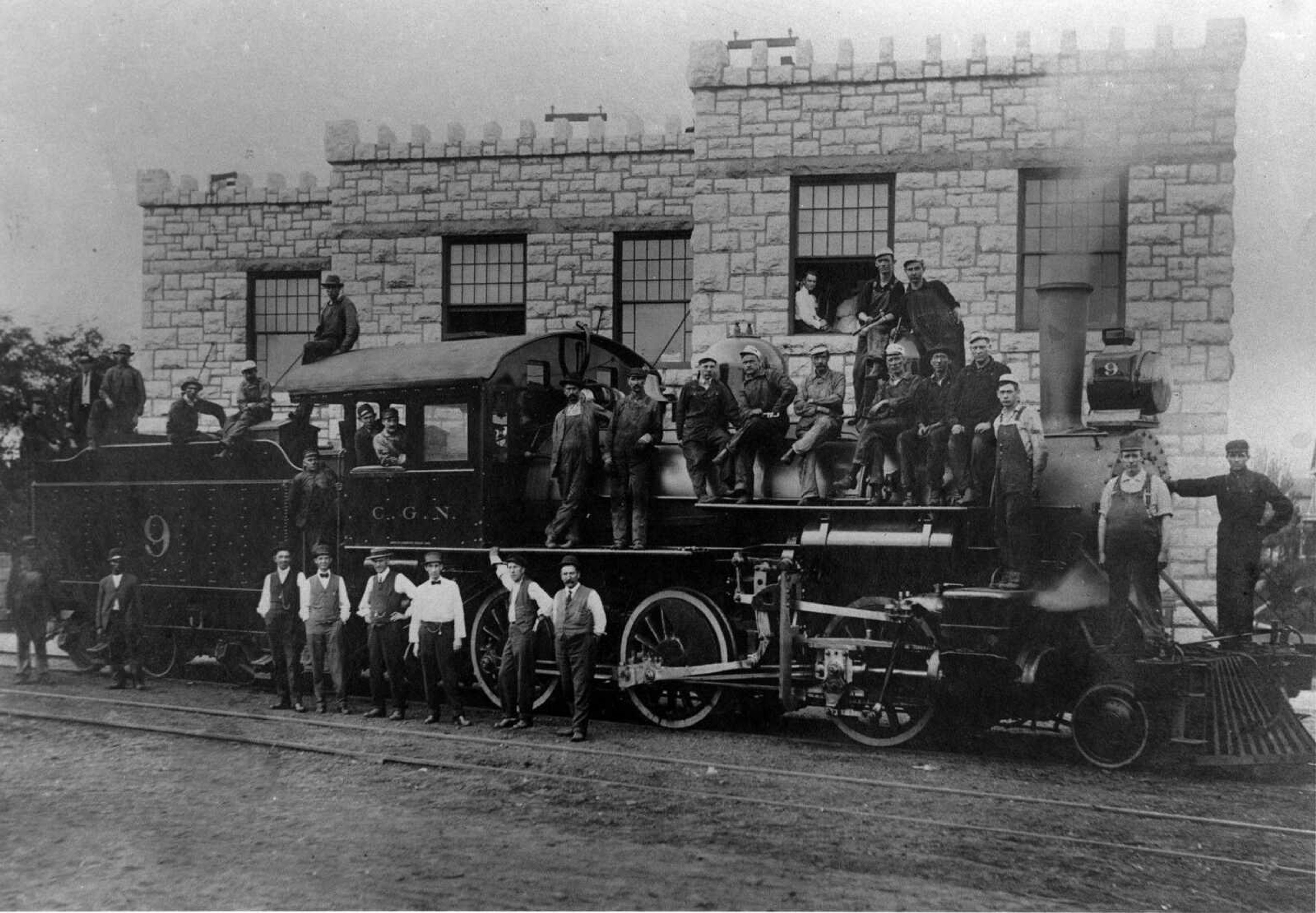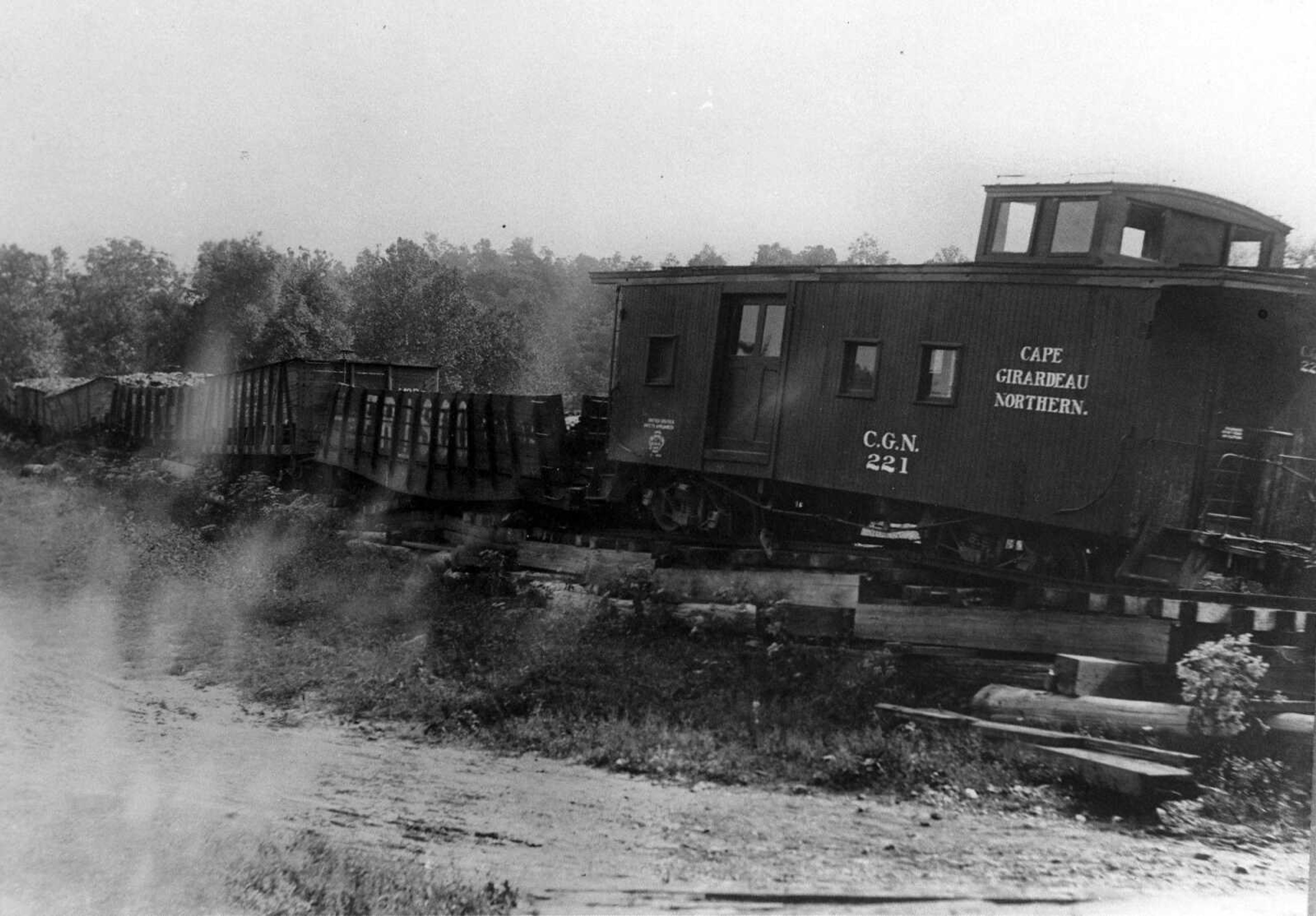NewsJune 3, 2011
Railroads historical gallery
Railroads have played a role in the history of Cape Girardeau. Here is a collection of photos from the history of rail travel in the area, taken from the Southeast Missourian archives.
Southeast Missourian archive
Receive Daily Headlines FREESign up today!
Railroads have played a role in the history of Cape Girardeau. Here is a collection of photos from the history of rail travel in the area, taken from the Southeast Missourian archives.
Story Tags
Connect with the Southeast Missourian Newsroom:
For corrections to this story or other insights for the editor, click here. To submit a letter to the editor, click here. To learn about the Southeast Missourian’s AI Policy, click here.
Related
Advertisement
Receive Daily Headlines FREESign up today!

